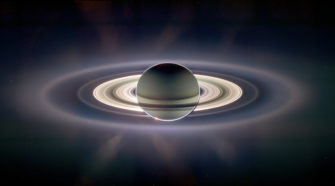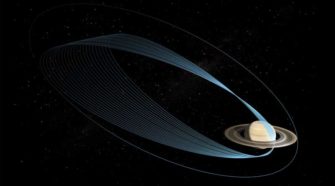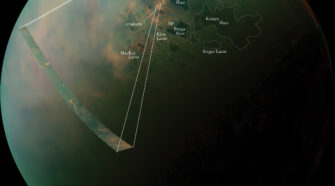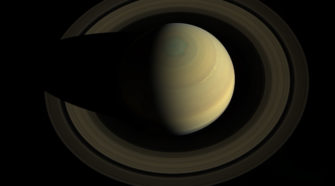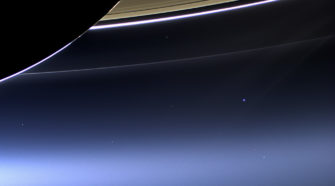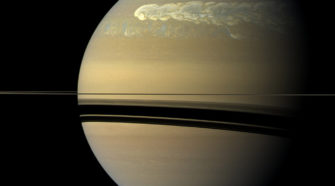Saturn
Cassini at Saturn: A decade exploring the ringed system
Cassini: Amazing images and even more amazing science The Cassini orbiter has been in orbit around Saturn since June 2004. Launched aboard a Titan IVB rocket from Cape Canaveral Air Force Station on October 15, 1997, it was originally dubbed Cassini-Huygens as the Huygens probe was carried along with Cassini to the Saturnian system. The …
Join in the Cassini Name Game
As NASA’s Cassini mission approaches its 10th anniversary at Saturn, its team members back here on Earth are already looking ahead to an upcoming phase. Starting in late 2016, the Cassini spacecraft will repeatedly climb high above Saturn’s north pole, flying just outside its narrow F ring. Cassini will probe the water-rich plume of the …
Titan’s northern lakes resemble Earth’s salt flats
With the sun now shining down over the north pole of Saturn’s moon Titan, a little luck with the weather, and trajectories that put the spacecraft into optimal viewing positions, NASA’s Cassini spacecraft has obtained new pictures of the liquid methane and ethane seas and lakes that reside near Titan’s north pole. The images reveal …
Cassini swings high above Saturn to take a portrait
It’s a view as good as gold. A loop high above Saturn by NASA’s Cassini spacecraft revealed this stately view of the golden-hued planet and its main rings. The observation and resulting image mosaic were planned as one of three images for Cassini’s 2013 Scientist for a Day essay contest. The contest challenges students to …
Cassini images Earth beneath Saturn’s rings
NASA’s Cassini spacecraft captured color images of Earth and the moon from its perch in the Saturn system nearly 900 million miles (1.5 billion kilometers) away on July 19. Meanwhile, MESSENGER, the first probe to orbit Mercury, took a black-and-white image from a distance of 61 million miles (98 million kilometers) as part of a …
Saturn’s monster storm surprises
A monster storm that erupted on Saturn in late 2010 – as large as any storm ever observed on the ringed planet – has already impressed researchers with its intensity and long-lived turbulence. A new paper in the journal Icarus reveals another facet of the storm’s explosive power: its ability to churn up water ice from …

